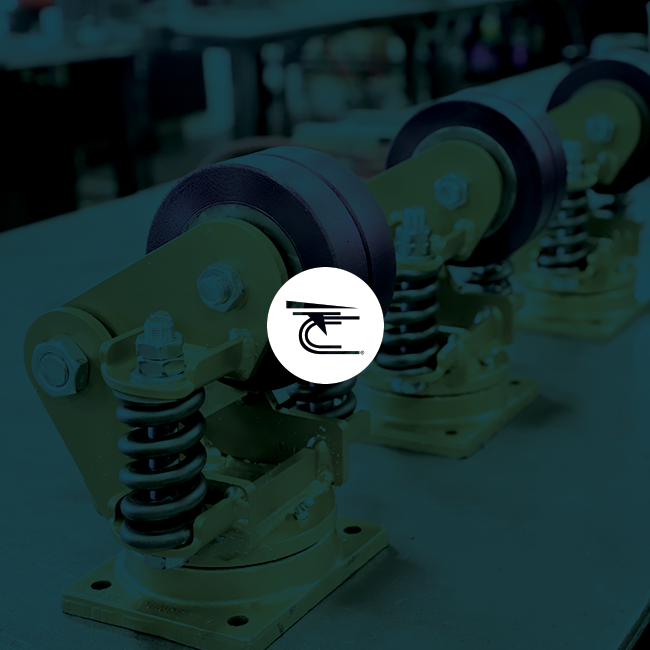

Unfortunately, boats don’t have wheels, so as they come off the assembly line, manufacturers need a way to move them from one location to the next. When boatyards need to transport everything from a small yacht to a pontoon or even a fishing vessel, they use caster wheels with a variety of special features designed to make transporting them safe and easy.
When it comes to moving boats off the assembly line, one of the most important things to consider is shock. After all, brand-new boats can be worth several hundred thousand dollars (and in some cases into the millions) so it is vital to protect them during transport. In this case, boatyards often utilize a modern suspension system with their casters, which allows shock absorption very similar to the shocks in an automobile. Dual-wheel models with independent suspension are fantastic for this purpose.
Pneumatic and semi-pneumatic wheels are also favorites in boatyards, especially in cases when boats need to be moved outdoors across uneven surfaces like pavement. The pneumatic tires provide some extra cushioning, which allows the boats to move more safely and prevents any sudden jarring. What’s more, even a semi-pneumatic wheel can offer some protection, and the air inside makes it easier to roll over obstructions like an errant rock or even a crack in the pavement.
Boatyards will sometimes rely on a more traditional heavy-duty caster that supports anywhere from 2000 to 50,000 pounds per caster. These are designed to withstand some of the worst and most unforgiving environments, and because they have laser-cut formed legs, they make sideloading more precise and prevent skidding. There are numerous types of heavy duty casters out there, and wheel materials are just as varied. Everything from solid forged steel to rubber and even polyurethane is available on heavy-duty casters.
For boats that weigh several tons, even the best caster in the world won’t allow a single operator to safely move that load. In this case, boatyards often invest in drive or conversion drive casters, which automate parts of the process and greatly reduce (or even eliminate) the need for any initial force altogether. Drive casters are efficient, and they are motor driven. The conversion drive casters are designed to help convert traditional carts into motor powered ones simply by swapping out the caster.
There are some cases in which the scenario is so very unique that a caster simply does not exist to get the job done safely. In this case, custom casters are a wonderful option. We have a team of engineers standing by to help analyze your project and offer advice on the best way to go about moving your loads safely. In fact, you can even upload your CAD design to your project locker on the Caster Concepts website and work directly with our team of engineers.
Boatyards find themselves moving some pretty heavy equipment, machinery, and of course boats regularly, but no two scenarios are exactly the same. There are many caster types from which to choose, so be sure to do your research and ask questions so you can choose the right casters and products for your needs.